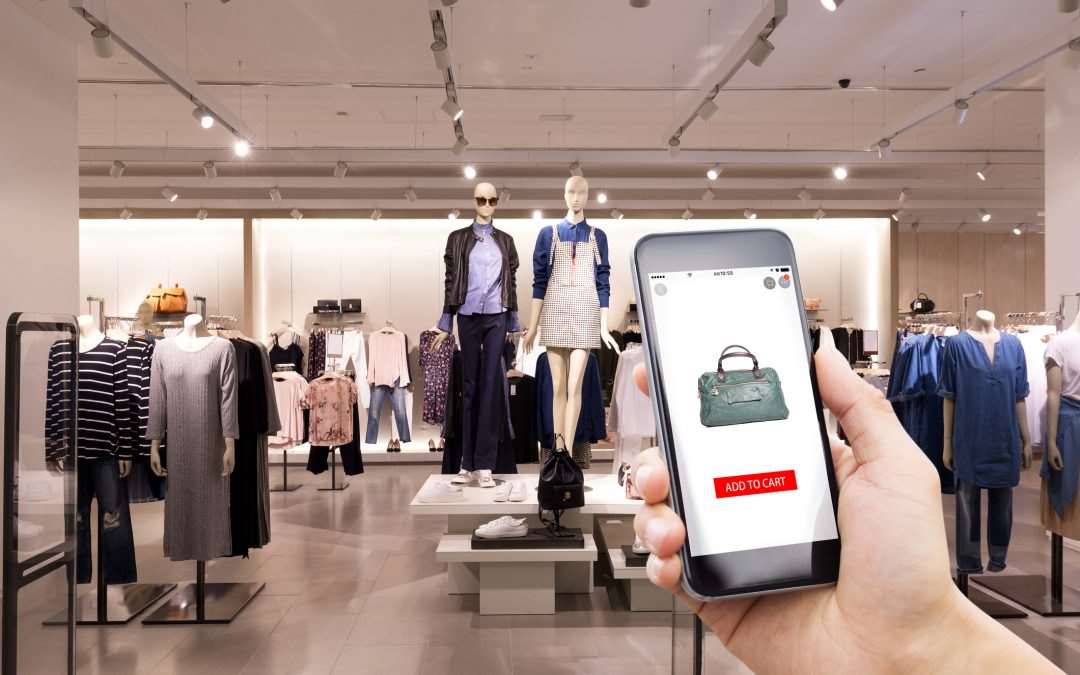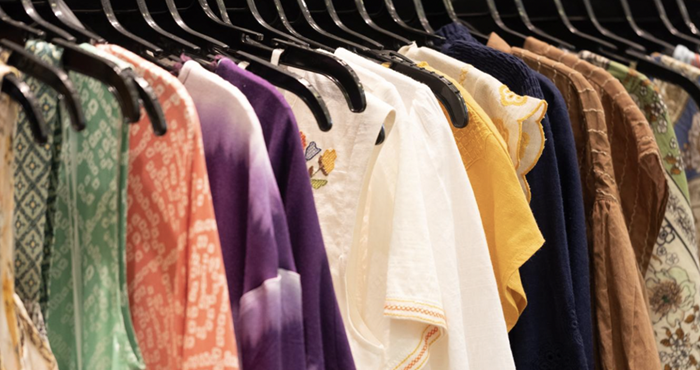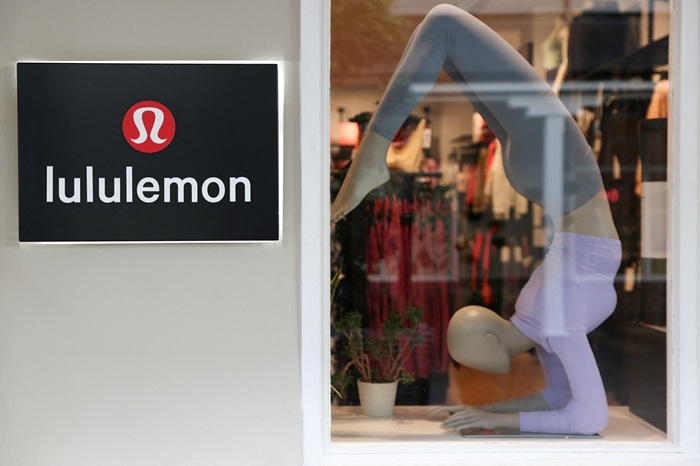
UK’s fashion apparel retail is marked by the dynamic interplay between physical stores and e-commerce. While the digital space experienced an increase, particularly during pandemic lockdowns, the enduring appeal of in-store experiences remains a significant factor.
E-commerce growth and stabilization
The pandemic undeniably increased the spread of online shopping, with a notable rise in online apparel sales. The convenience and accessibility of e-commerce has strengthened its place in the retail sector. However, a significant shift is indicated by Next CEO Simon Wolfson, who says, the fact that they’ve returned to opening new stores, even in a modest way, reflects their belief that the biggest shift to online is behind us. This signals a potential stabilization in the rapid online growth seen in recent years. The British Retail Consortium stats show, the proportion of non-food purchases made online rose to 36.4 per cent in February 2025, up from 35.8 per cent the previous year. This reveals that online sales are still growing, but the rate of growth is slowing.
The resilience of physical stores
Despite the e-commerce boom, physical stores continue to hold significant value for consumers, particularly in the fashion apparel sector. Factors such as the ability to touch and feel products, try on clothing, and enjoy the social aspect of shopping contribute to the enduring appeal of brick-and-mortar stores. In fact, a Just Style study revealed that UK consumers still hold a strong preference for in person shopping when it comes to fashion. It noted that the key to success is in a seamless omnichannel strategy that integrates digital convenience with in-store shopping, ensuring customers get similar experience across all touchpoints.
Retailers like Marks & Spencer and Primark highlight the continued strength of physical store sales, with a significant portion of their customers preferring in-store shopping. And Next's decision to increase its physical retail space for the first time in over five years, planning a 0.4 per cent increase in its UK retail footprint by January 2026, reinforces this trend. This includes opening 10 new stores, relocating six existing ones, and converting two homeware stores into fashion outlets.
The most successful retailers are adopting an omnichannel approach, seamlessly integrating their online and offline presence. This involves offering services such as click-and-collect, in-store returns for online purchases, and utilizing digital technology within physical stores. This provides consumers with flexibility and convenience, catering to their diverse shopping preferences. The use of physical stores as distribution hubs, for click and collect, and for returns, is also becoming increasingly important for retailers. The blending of digital technology into the physical store experience, such as digital displays, and virtual fitting rooms, is also becoming more common.
Thus while e-commerce has seen significant growth, it's unlikely that physical stores will disappear. The future of fashion apparel retail lies in an omnichannel approach that caters to the diverse needs of consumers. Retailers who seamlessly integrate their online and offline presence will be best positioned for success.












